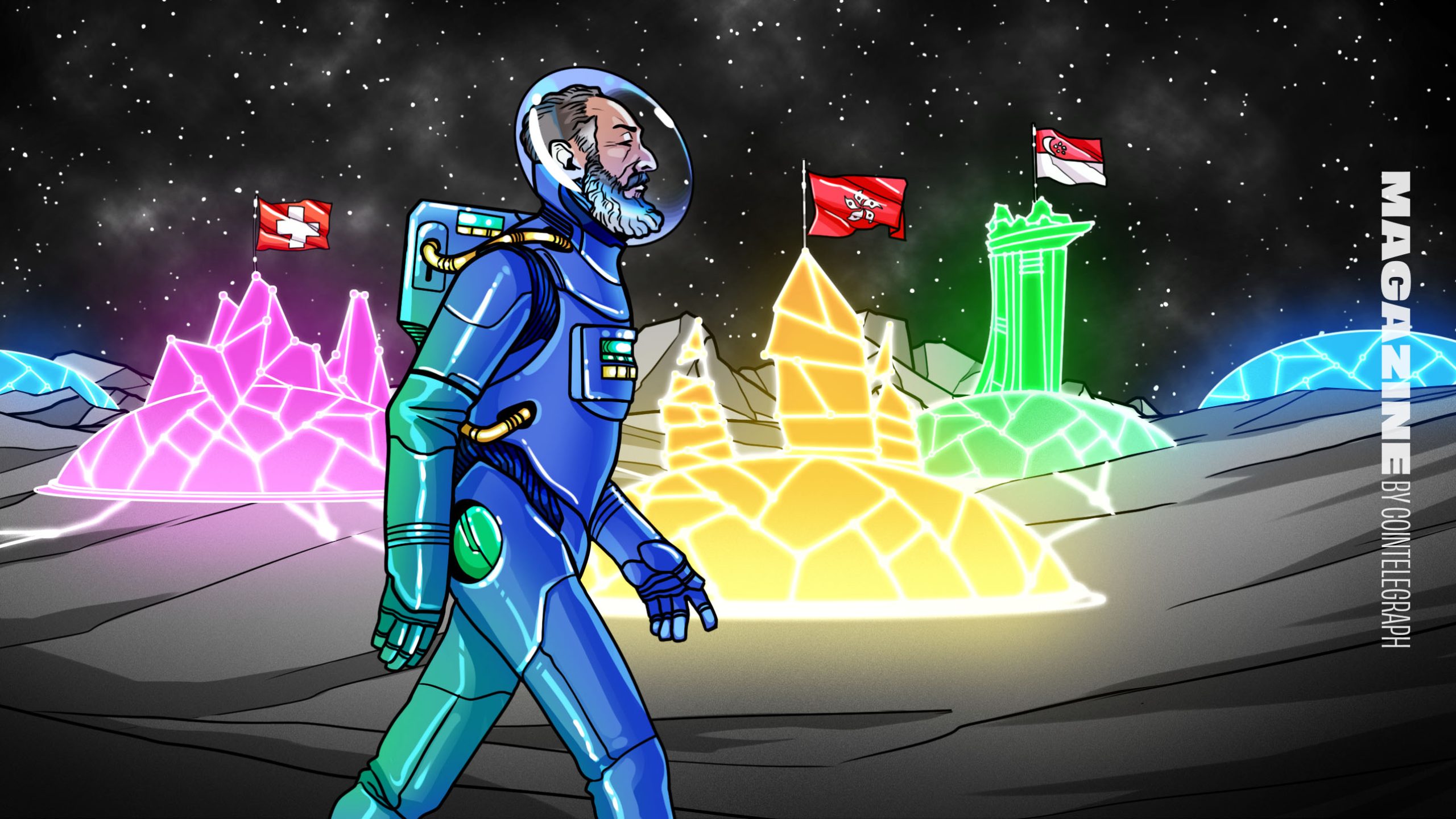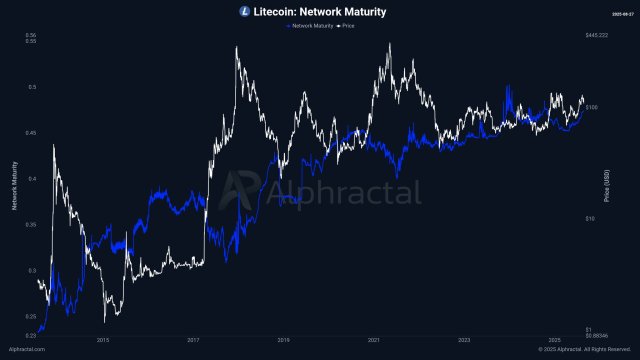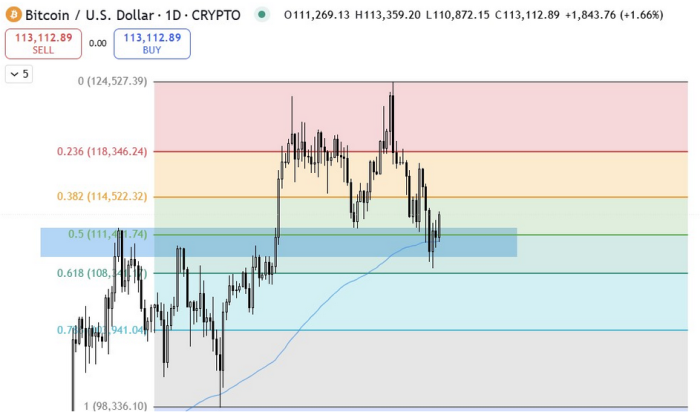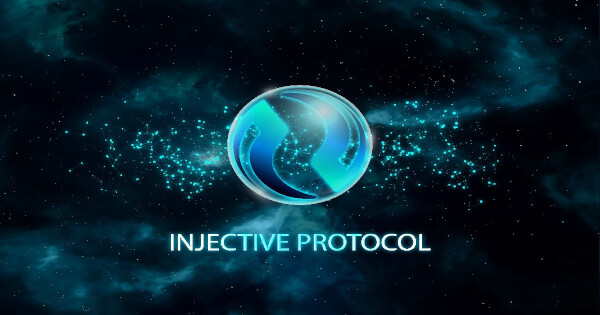 | First Era: Monolithic Chains ("which single chain will dominate?") Early on, the narrative, first with just Bitcoin, and then Bitcoin and Ethereum, was winner-takes-all because each chain was self-contained: consensus, execution, and data availability were all bundled. Second Era: Multi-chain Dreams This gave rise to Alt-L1s (Solana, Avalanche, etc.) and interoperability stacks (IBC, Polkadot parachains). The thesis was fragmentation with cross-chain bridges. Third Era: The Rollup-Centric Vision (Early Modularism) This marked the first real step away from monolithic design. The "rollup-centric" thesis envisioned rollups handling execution while relying on Ethereum for consensus, settlement, and data availability. It could be summed up as: scale Ethereum by offloading execution to external protocols, with Ethereum acting as the unified provider for all core security services. Fourth Era (Today): Full Modularity & Universal Consensus A radical decoupling is now underway. Ethereum’s core components — consensus, data availability, and execution — are becoming independently swappable. Through restaking (EigenLayer), Ethereum’s consensus can be "exported" to secure other layers. This transforms Ethereum from a settlement layer for its own rollups into a foundational consensus substrate for the entire modular ecosystem. The New Infrastructure The shift is from a simple modular stack to a "hyper-modular" one, where components are not just separated but fully decoupled and recomposable. • Consensus becomes Ethereum's exportable commodity, making it the global timestamping and trust engine. Through restaking protocols like EigenLayer, its unparalleled validator set can extend security guarantees to external protocols, like bridges, oracles, and even entire data availability layers. These protocols inherit Ethereum's security without being native to it. • Execution proliferates outward to modular extensions like optimistic and zk (validity) rollups, and autonomous verified services (AVSs),. • Dedicated data availability systems allow rollups to post their data more cheaply, decoupling this function from the Ethereum L1. Crucially, these DA layers can themselves rely on Ethereum’s consensus via restaking (e.g. EigenDA), creating a recursive security model. The new architectural paradigm is defined as: • One universal consensus root. • Many interoperable modules for execution, settlement, and data availability. This is analogous to TCP/IP providing the base internet protocol, while other protocols can rent TCP/IP's reliability to secure their own networks. Economics With everything deriving security, directly or indirectly, from Ethereum, ETH accrues value as a form of "meta-security". The value accrual vectors are: • Gas burns: the base deflationary pressure remains. • Modular extensions paying for settlement: constant demand for ETH to finalize state on L1. • Restaking: EigenLayer creates a marketplace where other protocols can "rent" Ethereum’s security, paying fees to ETH stakers. This opens new revenue streams for ETH, reinforcing its role as a productive, capital asset. In terms of network effects for the Ethereum blockchain: as assets ultimately settle on Ethereum, it remains the center of gravity for DeFi, NFTs, and institutional capital, preventing the liquidity fragmentation that a multi-chain technical landscape would create. The modularity of this architectural paradigm also means that Ethereum validators are evolving into providers for a universal, decentralized trust service consumable by any protocol willing to pay for it. Implications With Ethereum as the trust root for all agentic (to include AIs) coordination, we will see the emergence of a composable internet and open capital formation. • The collapse of walled gardens: the old internet rewards moats. Web2 giants lock in users, data, and developers behind proprietary silos where integration means absorption. In contrast, Ethereum provides a neutral ground. Any two systems that publish commitments to Ethereum can interoperate without new trust assumptions — no third-party custodians, only cryptographic enforcement. Ecosystems no longer need to merge to integrate; they can specialize and collaborate by settling to the same source of truth. Composability becomes the default, and network effects accrue to the shared coordination layer, not a private platform. This is not a theoretical future; tangible metrics demonstrate its emergence: • Restaked ETH: ~$11 billion in Total Value Locked (TVL) via EigenLayer, representing ~4.6 million ETH. Projects like MegaETH already prove what this means in practice: Web2-level throughput (130M+ transactions/day) with sub-cent fees, all while a full node can run on hobbyist hardware. The ceiling isn’t merely matching Web2’s performance; it’s about building a more dynamic, open, and ultimately larger-scale system. Ethereum's architecture was always designed to point beyond the limitations of centralized systems; we are now seeing the first implementations prove it. [link] [comments] |

You can get bonuses upto $100 FREE BONUS when you:
💰 Install these recommended apps:
💲 SocialGood - 100% Crypto Back on Everyday Shopping
💲 xPortal - The DeFi For The Next Billion
💲 CryptoTab Browser - Lightweight, fast, and ready to mine!
💰 Register on these recommended exchanges:
🟡 Binance🟡 Bitfinex🟡 Bitmart🟡 Bittrex🟡 Bitget
🟡 CoinEx🟡 Crypto.com🟡 Gate.io🟡 Huobi🟡 Kucoin.




















Comments